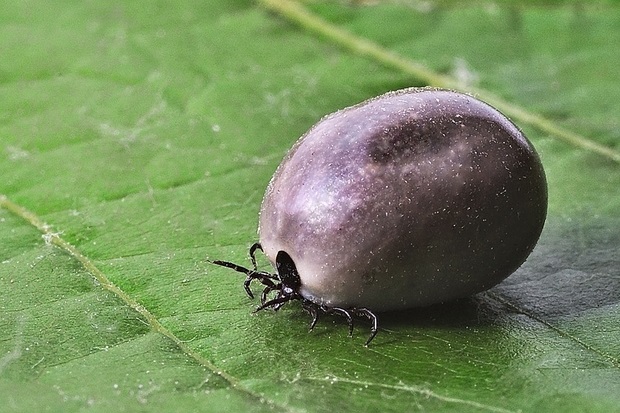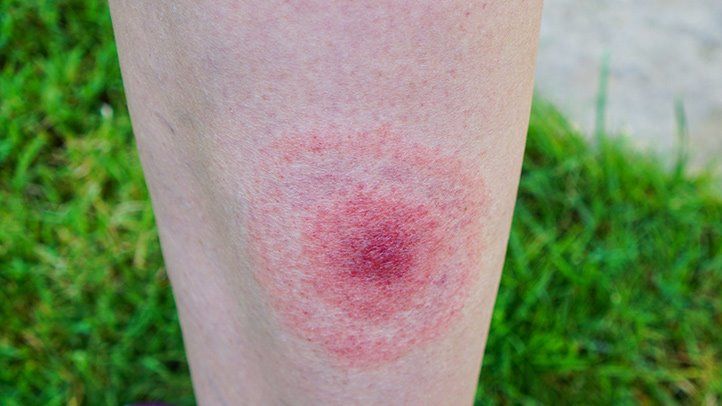As temperatures rise and sunlight beckons us outdoors, our encounters with ticks become more frequent. These tiny parasites, nestled in tall grasses, harbor pathogens capable of causing a range of illnesses, including Rocky Mountain spotted fever, Lyme disease, and babesiosis.
Professor Thomas Mather, leading the Center for Vector-Borne Disease and its TickEncounter Resource Center at the University of Rhode Island, elucidates that tick activity follows a seasonal rhythm, dictated by species and life stage—egg, larva, nymph, and adult.
“In the United States, tick activity gains momentum in March, with April, May, and June often marked as peak months, as adult tick populations decline, giving way to the emergence of nymphs,” Mather shared.
Nymphal ticks pose a notable threat due to their diminutive size, akin to that of a poppy seed, making them elusive to the naked eye. In the Eastern United States, roughly 20% of Lyme disease transmissions are attributed to nymphs.
Furthermore, geographical nuances play a pivotal role. In many regions of California, mild winters provide a hospitable environment for black-legged ticks, the primary vectors of Lyme disease. However, as temperatures rise and dry spells ensue by May, their activity wanes, with some succumbing to environmental factors, as observed by Mather.
What do I do after a tick bite?
Adult ticks, roughly the size of an apple seed, are more visible and should be promptly removed because it typically takes 24-36 hours for an attached tick to transmit Lyme disease.
According to the Centers for Disease Control and Prevention (CDC), the recommended method involves using clean, fine-tipped tweezers to grasp the tick firmly and pull it upward with steady, even pressure.
Seek medical attention if you notice a rash resembling a bullseye or experience fever within a few weeks of tick removal. Left untreated, Lyme disease can lead to rheumatologic, cardiac, and neurologic complications.
Following guidelines from the Infectious Disease Society of America, it’s advised to take 200 mg of doxycycline within 72 hours of removing a black-legged tick for disease prevention. Professor Mather personally follows this regimen after a tick bite, stating, “About half of adult black-legged ticks in the northern Eastern United States carry the Lyme disease germ, so there’s a significant risk of infection.”

How to Avoid a tick bite
Numerous individuals across the United States encounter ticks in their yards or neighborhoods while walking their dogs or engaging in gardening activities. To reduce the risk of tick bites, consider the following precautions:
- When venturing outdoors, use insect repellents registered with the Environmental Protection Agency (EPA). Avoid densely wooded or brushy areas with tall grass and accumulated leaf litter, opting instead to walk along the center of trails.
- Upon returning indoors, thoroughly inspect your body and clothing for ticks. Promptly remove any ticks discovered.
- Remember to examine your gear and pets, as they may inadvertently transport ticks home, which could later attach to humans.
- Take a shower soon after outdoor activities. Showering not only helps wash off any unattached ticks but also provides an opportunity to conduct a thorough tick check on your body.
